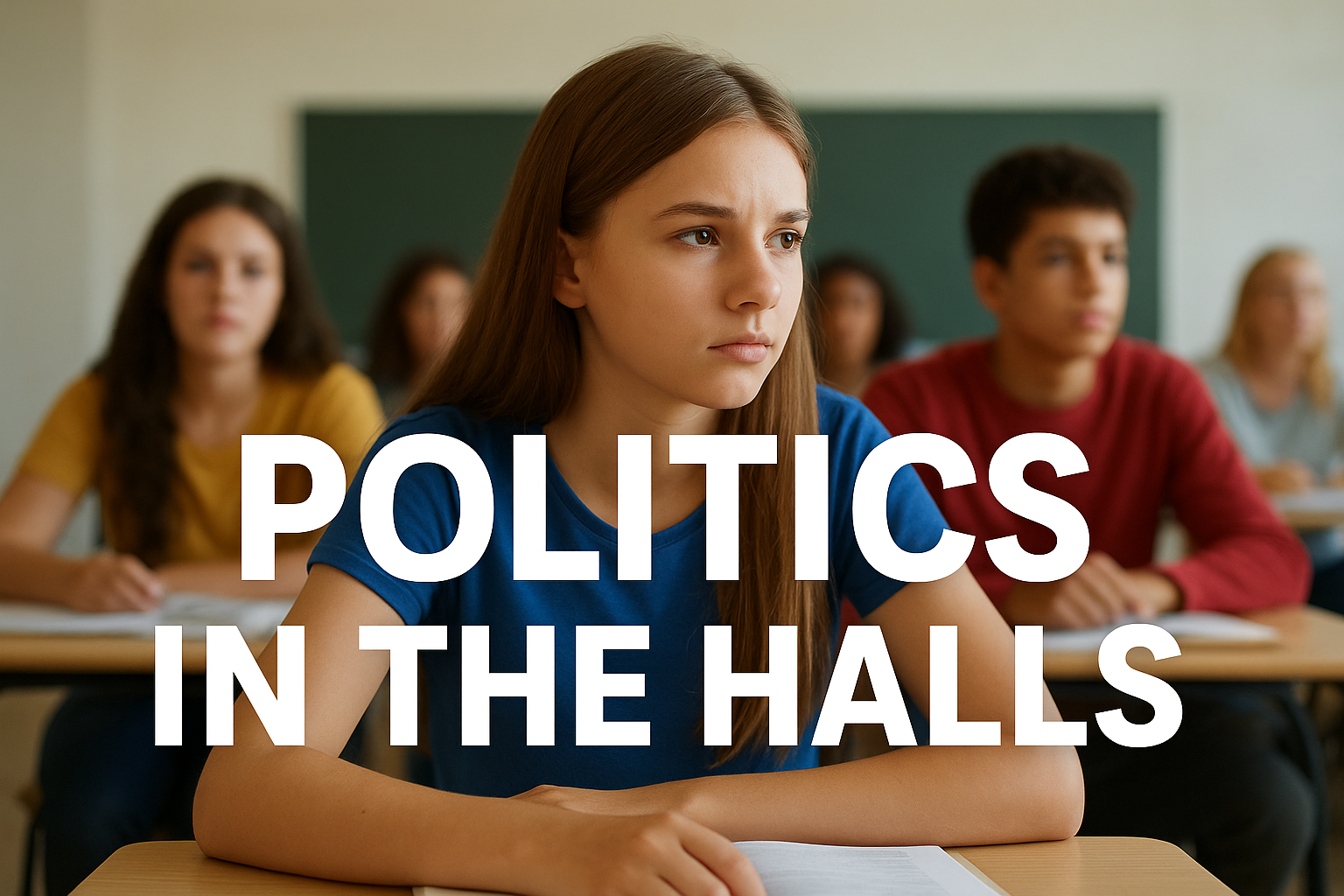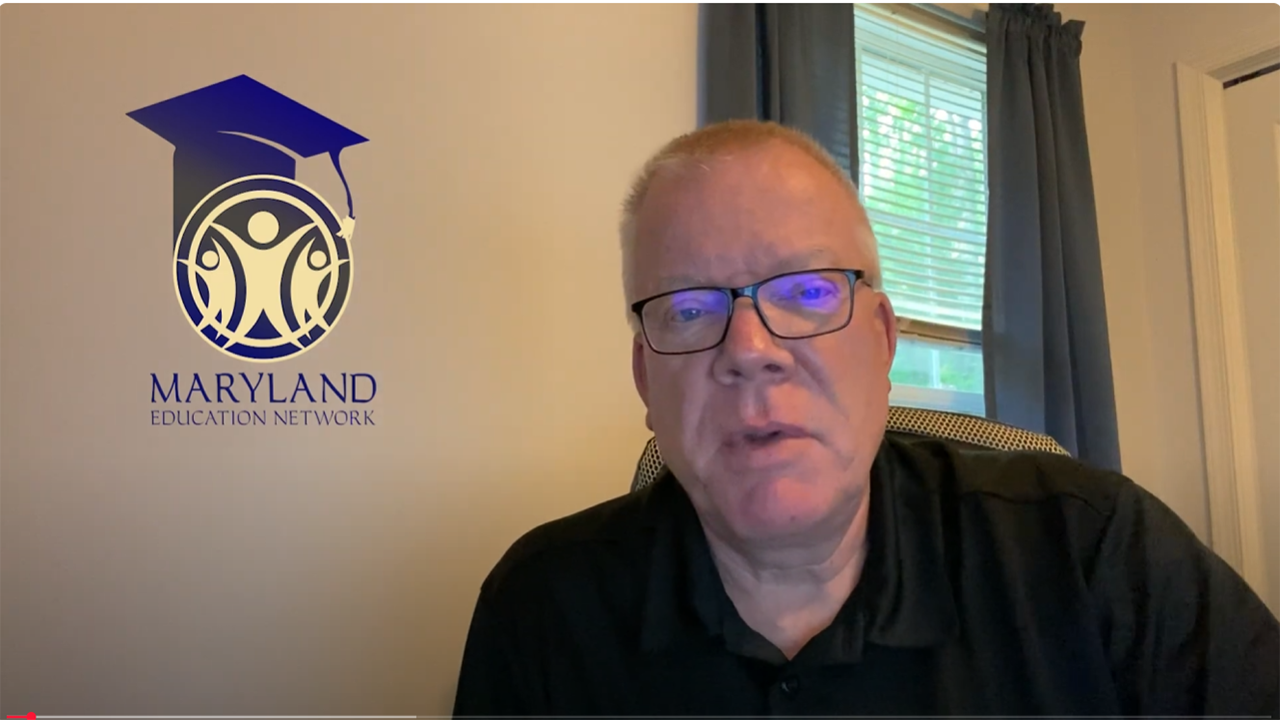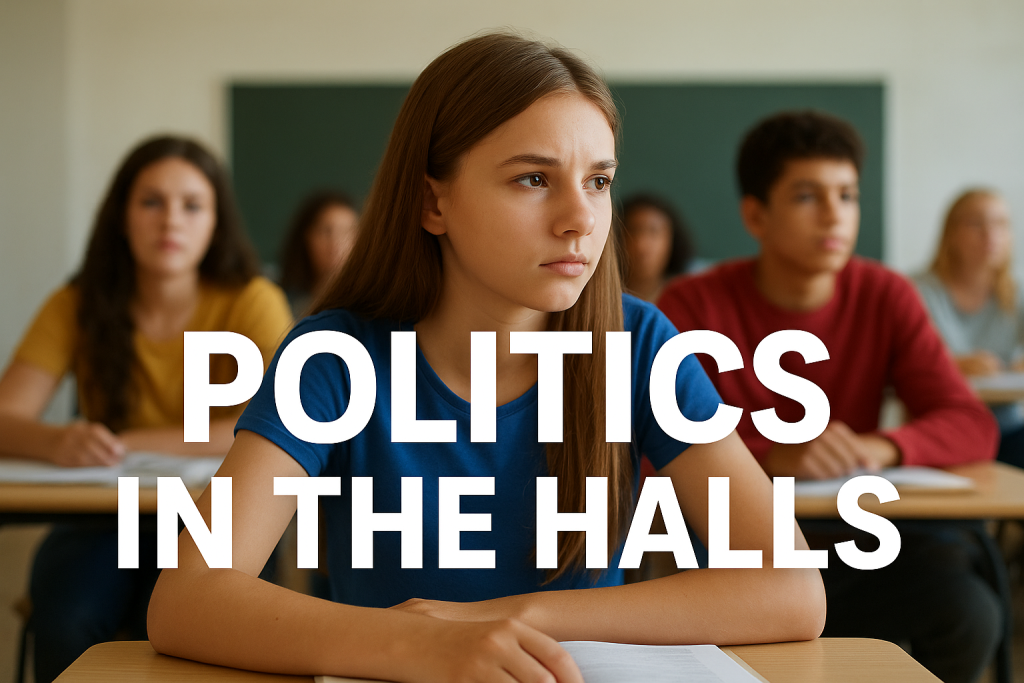
Districts Try New Approach to Contracts: Tying Payments to Student Learning
A growing number of school districts are piloting a new approach to contracts with tutoring providers—tying a significant portion of a vendor’s payment to improved results for students.
The aim of the approach, called outcomes-based contracting, is to shift the focus from merely providing services toward requiring evidence that those services actually help the students who need it most. Districts piloting the model write contracts that reward vendors for exceeding performance goals and penalize them for falling short.
“It just makes sense that we pay for quality service,” said Scott Muri, superintendent of the Ector County Independent School District in Odessa, Texas. “The contract holds us accountable and it holds the vendor accountable. We both have to perform.”
Ector County launched a small pilot of outcomes-based tutoring contracts in 2020 before the COVID-19 pandemic closed schools. Recognizing the need for academic recovery after the closures, leaders quickly scaled up the model over the summer of 2020, offering intensive virtual tutoring to 6,000 students under contracts that tie vendor payouts to the rate of learning growth on the NWEA MAP assessment, given three times during the school year.
Ector County is one of 10 districts that have piloted outcomes-based contracting in cooperation with the Southern Education Foundation. The organization announced May 1 plans to scale up its work with a $4.6 million grant from the Walton Family Foundation that will allow the organization to provide technical assistance and resources, and to recruit and support additional participating districts.
The work comes as districts face a high-stakes experiment: shelling out the last of billions of dollars in federal COVID-19 relief aid for academic-support programs to counter historic learning interruptions caused by the pandemic.
Outcomes-based contracting is more commonly used in fields like health care. Supporters in K-12 education hope to break through the churn of schools adopting programs with a wave enthusiasm only to later discard them after they show weak or uneven results.
Incorporating clear, measurable goals related to student learning into contracts changes the relationships between vendors and schools, putting both on the hook for programs’ success, said Brittany Miller, who leads the outcome-based contracting project at the Southern Education Foundation.
“When you get to that level of specificity, you have a really clear sense of where students are and where you want to get them to,” said Miller, who led outcomes-based contract work in the Denver district before she came to SEF. “It requires schools and vendors to work together to identify goals and how to measure success along the way.”
SEF’s contracting pilots grew out of work at the Center for Education Policy Research at Harvard University, with initial pilot contracts focused on math tutoring. Two years in, it has 10 districts in two cohorts. Leaders hope to grow that number to somewhere between 30 to 56 school systems over the next three years, Miller said.
A critical moment for schools
Procurement of services isn’t a glamorous part of districts’ jobs, but it’s critical and often complex work—governed by fussy, sometimes hidebound state rules.
Then there’s the scale of the challenge. School systems around the country have struggled with tutoring and academic acceleration work, even as student test scores show steep declines in academic progress. Many have struggled to recruit and train tutors. Others have reported low rates of student participation. And some have said vendors they contracted to help with the work were stretched too thin or used programs that proved ineffective.
Muri acknowledged public scrutiny of online tutoring, particularly as parents and policymakers emphasize the value of in-person instruction.
But virtual tutoring helped Ector County address a a critical factor that made academic recovery work quite difficult: The district struggled to recruit enough substitute teachers, let alone the hundreds of qualified, trained volunteers it would take to create a massive, in-person tutoring program, Muri said.
“We don’t have people in our community who can provide that kind of support for our students en masse,” he said. “We are talking thousands of kids, not five to 10 kids at your local school.”
So the district structured its $6 million in contracts with virtual tutoring providers—Air Tutors, Amplify, and FEV Tutors—to hold both itself and the vendors accountable for aligning the services to research on tutoring and ensuring they actually moved the needle on student achievement.
Rate cards for individual schools set goals for rates of student growth on the MAP assessment, with financial penalties of up to 10 percent for lower-than-expected results and incentives of up to 10 percent for higher rates of growth.
This school year, about 4,700 Ector County students participate in the math and reading tutoring programs. The work is integrated into the school day; trained teachers supervise students through 30 hours per semester of sessions with the trained virtual tutors.
The content is aligned with the district’s curriculum, and tutors provide each student’s teacher with a weekly, individual update to review progress and goals.
“Our model was not ‘Here, little Johnny, here’s your 30 hours of tutoring. Enjoy,’” Muri said.
And the district has seen positive early results. Students have achieved up to a year and a half’s worth of growth in test scores after participating in virtual tutoring. Between 2019 and 2022, the district also saw significant improvement in its state accountability ratings—boosting its number of A-rated schools from three to seven and its B-rated schools from six to 12.
Jumping over logistical hurdles
While the overall premise of outcomes-based contracting is easy to understand, the specifics of each contract can be a technical challenge for districts, said Miller of the Southern Education Foundation.
Districts must select success indicators that are applicable to the targeted student groups—like English learners or students with the lowest state test scores—and they must clearly measure those indicators in a timely manner, she said.
Leaders must also ensure principals and teachers are motivated to uphold the district’s end of the agreement. In Ector County, that means overseeing the tutors and ensuring students receive the minimum number of tutoring hours.
“It really shifts the relationship between the district and the vendor in a pretty powerful way,” Miller said.
The foundation offers resources like a playbook that outlines the strategy, sample rate cards and requests for proposals, and regular meetings and webinars that allow participating districts to ask questions and share their work.
As that work expands, Miller wants to ensure participating districts maintain rigor in their contracts by incorporating realistic but meaningful goals that vendors can’t game. And the Southern Education Foundation may also work with some multidistrict educational cooperatives to help smaller, rural districts that may not have the resources to create innovative contracts on their own.
The foundation is also working with lawmakers to explore promoting outcomes-based contracting on the state level, Raymond Pierce, the foundation’s president, said. For example, a state could require outcomes-based contracts as a condition of voluntary grant programs.
In Ector County, Muri wants to use the outcomes-based model with contracts in other parts of district operations. For example, a contract with an HVAC service vendor could include penalties for delays in service or repeat repairs of the same issue. Or a contract with an educator coaching service might incentivize improvement in teacher-evaluation scores.
“It’s been effective for us,” Muri said. “Our hope organizationally is to expand it to many areas across our district.”
Dig Deeper With Our Longreads
Newsletter Sign up to get our best longform features, investigations, and thought-provoking essays, in your inbox every Sunday.
The MEN was founded by John Huber in the fall of 2020. It was founded to provide a platform for expert opinion and commentary on current issues that directly or indirectly affect education. All opinions are valued and accepted providing they are expressed in a professional manner. The Maryland Education Network consists of Blogs, Videos, and other interaction among the K-12 community.







